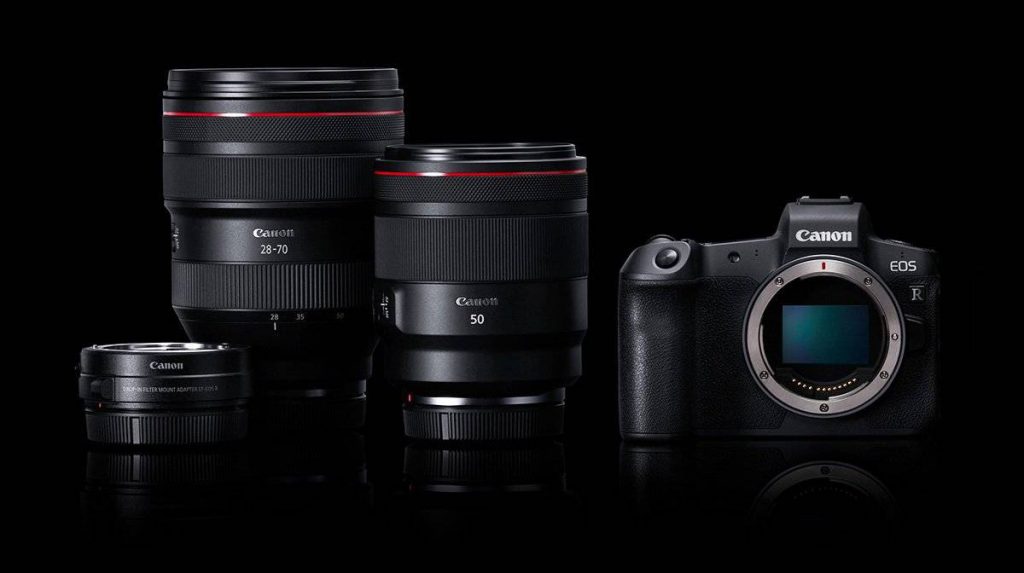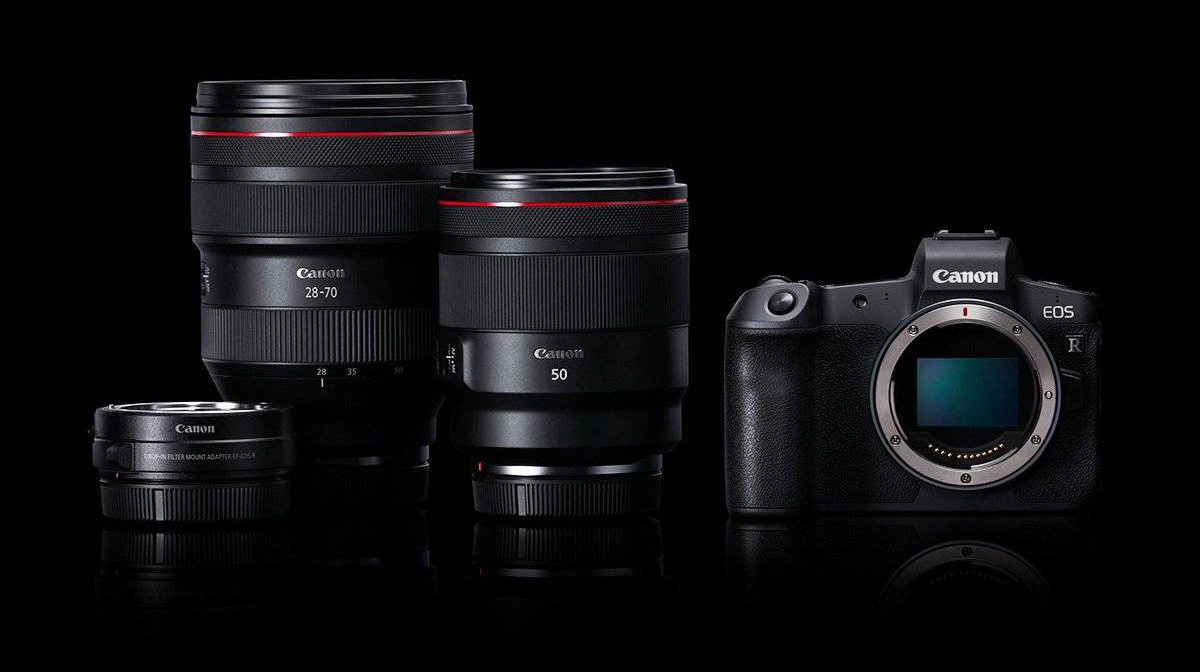
It hasn’t been mentioned much but now the dust has settled on the EOS R launch, I’ve just realised we are being seriously diddled.
Ok, you’re buying a new camera system. The first thing you want, is maybe a basic 50mm.
Canon only has one native RF mount 50mm, and it is $2300 / £2350.
Because of the 1.8x crop in 4K, that turns into a 90mm – and a very wobbly one at that – because there’s a huge jello issue and no stabilisation, either in-body or on that lens for your $2300.
Now you might want something else. The 28-70mm is another popular focal length range for photography. Let’s add that to the shopping basket. Oh, it’s $3000.
So just to get up and running with the most basic focal length coverage – 28-70 and a fast 50 – with the optical compromises of a zoom thrown in and no IS on either – comes to $5300.
Now factor in the cost of the EOS R body itself. $2300.
You are up to $7600 and you don’t even have a wide-end in 4K.
For the wide-end you must add an adapter to EF mount, and then do some more shopping for ultra-wide EF-S lenses like the Canon 10-18mm. But this has a very slow and boring aperture (F4.5-5.6), so you might want to consider the Sigma 18-35mm F1.8. Sadly, it will only just give you a 35mm equiv. wide angle in 4K, but it’s a start!
Really, you have no choice but to keep that 10-18.
What’s the total basket price?
We’ve added a $200 adapter + $300 10-18mm + $800 18-35mm.
It’s $8900
And that’s without tax.
Whether by sheer arrogance or blissful ignorance, Canon think they can get away with this pricing on a mirrorless gen.1 product barely any more powerful than a 6D Mark II.
Pros can invest in a Leica M system or even medium format (Fuji GFX 50S) for this kind of money.
Filmmakers could buy FIVE brand new Panasonic GH5 bodies with change to spare.
Meanwhile, nobody in the camera press, as far as I could see, so much as blinked an eyelid. They are all too busy writing glowing previews of the lens range.
They have completely lost touch with the ordinary shooter.
And so have Canon.






